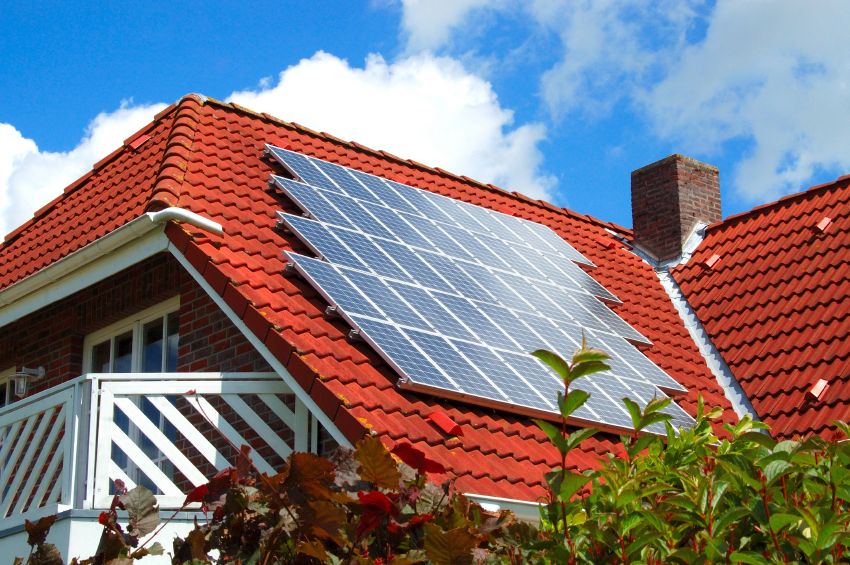 Writing for Politico, “Energy Visionary” Vaclav Smil writes in Revolution? More like a crawl:
Writing for Politico, “Energy Visionary” Vaclav Smil writes in Revolution? More like a crawl:
Undoubtedly, the U.S. is experiencing two notable energy transitions, from coal to natural gas and from fossil fuels to new renewables in electricity generation. These shifts are welcome because they promise to bring cleaner and less carbon-intensive supplies. But they cannot be rapid, and they bring their own technical, economic and social challenges. Energy infrastructure is the world’s most elaborate and expensive, and the longevity and inertia of many large energy enterprises make it impossible for any large, complex national system (to say nothing of the global level) to reconfigure itself even in three or four decades.
And the statement is, on its own terms, quite certainly correct. Yet I support calls for a “pedal to the metal” transition to low and no carbon, sustainable energy as a policy approach that we shall have to be pursuing in order to achieve what must be done. So, what gives? Is Vaclav Smil correct? And if he is, in what sense is he correct?

 A few weeks back, I teased that I wanted to take a bit of a look at Texas Rooftop Solar in the Sunday Train (which is, recall, focused on Sustainable Transport & Energy, and so both not just about trains, and also not in favor of trains when the trains are advancing climate suicide) … and then the California budget passed and I went on a two week binge on California HSR.
A few weeks back, I teased that I wanted to take a bit of a look at Texas Rooftop Solar in the Sunday Train (which is, recall, focused on Sustainable Transport & Energy, and so both not just about trains, and also not in favor of trains when the trains are advancing climate suicide) … and then the California budget passed and I went on a two week binge on California HSR. Well, what do you know? I look around, and see a story saying
Well, what do you know? I look around, and see a story saying  In
In  In the online support for the April, 2013 Scientific American article on Energy Return on Investment (EROI), Scientific American online interviewed Charles Hall, developer of the EROI concept, on whether Fossil Fuels will be able to maintain economic growth. In one of his answers, Charles Hall responds to the question:
In the online support for the April, 2013 Scientific American article on Energy Return on Investment (EROI), Scientific American online interviewed Charles Hall, developer of the EROI concept, on whether Fossil Fuels will be able to maintain economic growth. In one of his answers, Charles Hall responds to the question:
Recent Comments